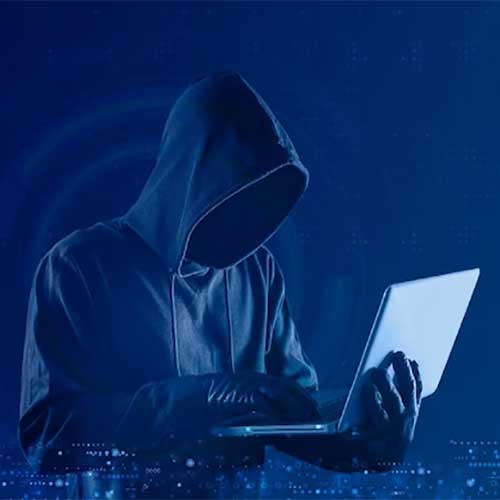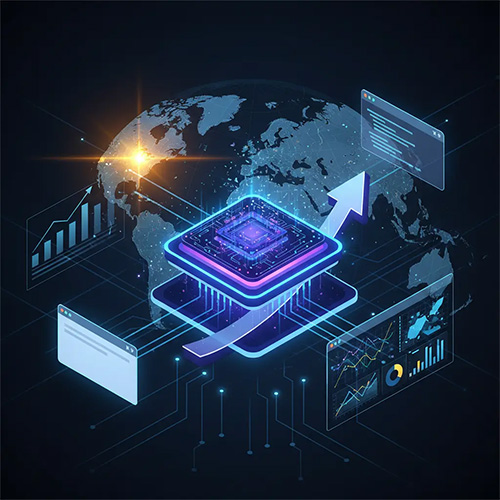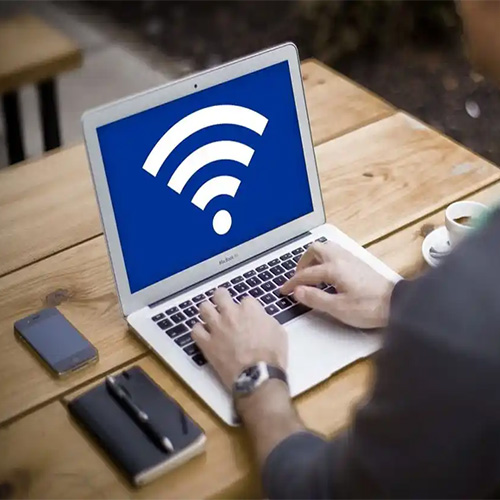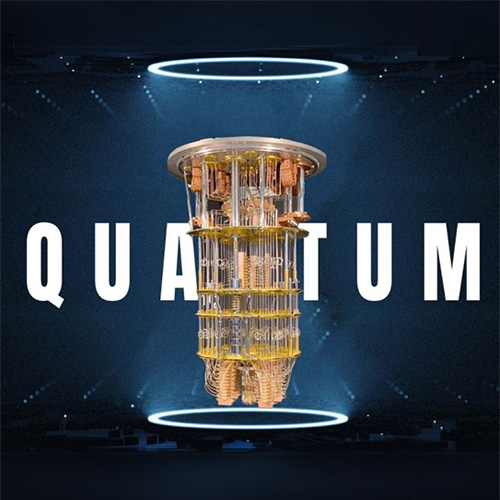
The rise in targeted attacks on industrial enterprises and public institutions is a significant concern for global cybersecurity. These attacks are becoming increasingly sophisticated, with adversaries focusing on critical infrastructure, supply chains, and sensitive governmental and corporate data. The motivations behind these attacks range from financial gain and espionage to political disruption and sabotage.
Advanced Persistent Threats (APTs) are prolonged and targeted cyberattacks in which an intruder gains access to a network and remains undetected for an extended period. These attacks are often orchestrated by state-sponsored groups or highly skilled criminal organizations.
APTs commonly target industrial control systems (ICS), critical infrastructure (like energy grids, water supplies, and transportation), and public sector institutions. The goal is to steal sensitive information, disrupt operations, or sabotage physical infrastructure.
The attackers successfully compromised numerous enterprises, gaining control over their IT infrastructure and security systems. The goal of these attacks appears to be cyberespionage, suggesting that the attackers were interested in obtaining sensitive information or gaining unauthorized access to critical systems.
This incident highlights the growing threat of cyberattacks targeting industrial enterprises and public institutions. It is crucial for organizations to implement robust cybersecurity measures to protect their IT infrastructure and data from such attacks.
In the latest series of attacks, the attackers used six different backdoors simultaneously. This strategy was likely designed to ensure continuous access to the compromised systems, even if one or more backdoors were detected and removed by security solutions.
The backdoors provided the attackers with a wide range of functionalities, allowing them to control the infected systems remotely, execute commands, and exfiltrate confidential data. This redundancy and versatility in the attack vector demonstrate a high level of sophistication and intent to maintain long-term access to the targeted networks.
This series of attacks underscores the evolving threat landscape where cybercriminals and state-sponsored actors are becoming increasingly sophisticated. The use of known vulnerabilities, like CVE-2017-11882, in combination with advanced malware such as PortDoor and multiple backdoors, highlights the need for organizations to adopt a proactive and multi-layered approach to cybersecurity.
Moving forward, regular updates, employee awareness, and robust incident response plans are essential in defending against such complex threats
See What’s Next in Tech With the Fast Forward Newsletter
Tweets From @varindiamag
Nothing to see here - yet
When they Tweet, their Tweets will show up here.





























